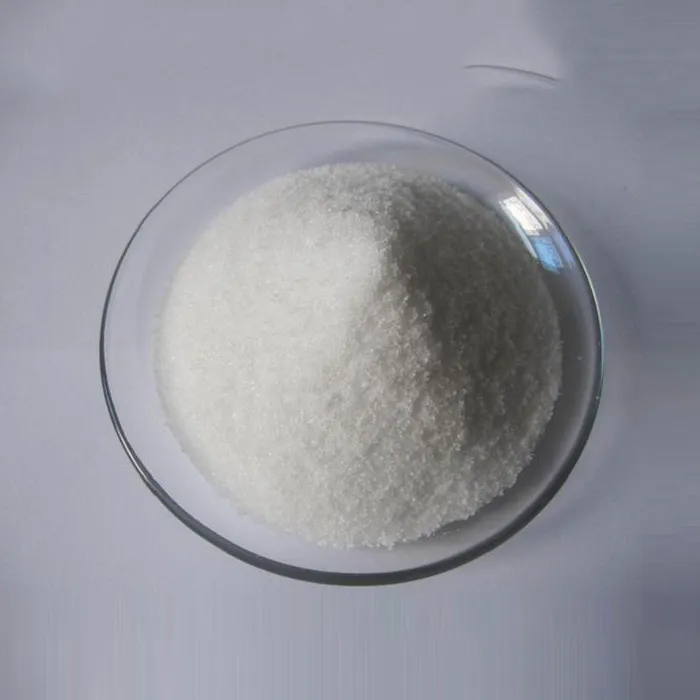The Chemical and Industrial Significance of 2-Chloropropionyl Chloride
2-Chloropropionyl chloride, a versatile and important organic compound, is widely recognized in the realm of chemical synthesis and industrial applications. Its chemical structure features a chlorine atom and a carbonyl group attached to a propionyl chain, making it a reactive acyl chloride with unique properties that facilitate various chemical reactions.
Chemically, 2-chloropropionyl chloride is represented by the formula C3H4ClO. It is a colorless to light yellow liquid with a pungent odor, typical of acyl chlorides. This compound is mainly produced by the chlorination of propionic acid, followed by the reaction of thionyl chloride. The resulting product is particularly valued for its reactivity, which stems from the presence of the acyl chloride functional group. This high reactivity allows it to undergo nucleophilic acyl substitution reactions, making it an ideal intermediate in the synthesis of numerous organic compounds.
One of the key applications of 2-chloropropionyl chloride is in the pharmaceutical industry. It serves as a crucial building block for the synthesis of various pharmaceuticals and agrochemicals. For instance, it can be utilized to create specific amides or esters that are essential for drug formulation. Moreover, its ability to introduce the chloropropionyl group into organic molecules expands the diversity of chemical entities that researchers can screen for potential medicinal properties.
2-chloropropionyl chloride

Additionally, 2-chloropropionyl chloride is used in the manufacture of specialty chemicals and intermediates
. In the production of polymers, it plays a role in the synthesis of polyurethanes and other copolymers, enhancing their properties and functionality. Its reactivity also allows it to modify existing polymer backbones, resulting in materials with tailored characteristics for applications in coatings, adhesives, and sealants.Safety and handling of 2-chloropropionyl chloride are paramount due to its corrosive and toxic nature. As an acyl chloride, it reacts vigorously with water, releasing hydrochloric acid, which can be hazardous if not managed properly. Therefore, it is essential for personnel working with this compound to use appropriate personal protective equipment and follow stringent safety protocols in a controlled laboratory setting.
Moreover, the environmental impact of 2-chloropropionyl chloride must be considered. The compound should be handled with care to prevent release into the environment, as it can contribute to pollution and have detrimental effects on ecosystems. Industries employing this chemical are encouraged to adopt green chemistry practices, aiming for more sustainable processes and safer alternatives wherever possible.
In conclusion, 2-chloropropionyl chloride is a significant compound with extensive applications across various fields, particularly in pharmaceuticals and specialty chemicals production. Its unique chemical properties enable it to function effectively as a key intermediate in many synthetic pathways, underscoring its importance in modern chemistry. As research continues to explore the potential of this compound, it will undoubtedly remain a focal point of interest in both academic and industrial contexts.

